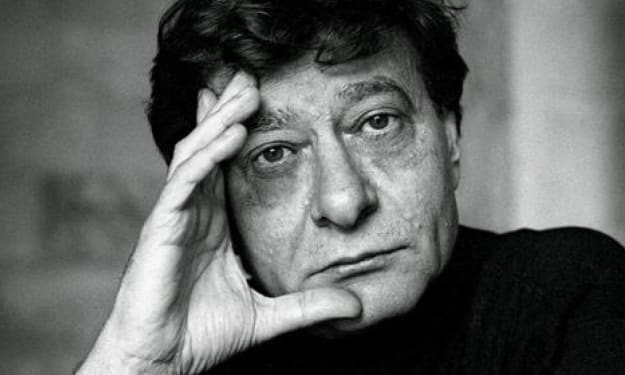
Virginia Woolf, original name in full Adeline Virginia Stephen, (born January 25, 1882, London, England—died March 28, 1941, near Rodmell, Sussex), English writer whose novels, through their nonlinear approaches to narrative, exerted a major influence on the genre.
While she is best known for her novels, especially Mrs. Dalloway (1925) and To the Lighthouse (1927), Woolf also wrote pioneering essays on artistic theory, literary history, women’s writing, and the politics of power. A fine stylist, she experimented with several forms of biographical writing, composed painterly short fictions, and sent to her friends and family a lifetime of brilliant letters.
Born Virginia Stephen, she was the child of ideal Victorian parents. Her father, Leslie Stephen, was an eminent literary figure and the first editor (1882–91) of the Dictionary of National Biography. Her mother, Julia Jackson, possessed great beauty and a reputation for saintly self-sacrifice; she also had prominent social and artistic connections, which included Julia Margaret Cameron, her aunt and one of the greatest portrait photographers of the 19th century. Both Julia Jackson’s first husband, Herbert Duckworth, and Leslie’s first wife, a daughter of the novelist William Makepeace Thackeray, had died unexpectedly, leaving her three children and him one. Julia Jackson Duckworth and Leslie Stephen married in 1878, and four children followed: Vanessa (born 1879), Thoby (born 1880), Virginia (born 1882), and Adrian (born 1883). While these four children banded together against their older half siblings, loyalties shifted among them. Virginia was jealous of Adrian for being their mother’s favourite. At age nine, she was the genius behind a family newspaper, the Hyde Park Gate News, that often teased Vanessa and Adrian. Vanessa mothered the others, especially Virginia, but the dynamic between need (Virginia’s) and aloofness (Vanessa’s) sometimes expressed itself as rivalry between Virginia’s art of writing and Vanessa’s of painting.
The Stephen family made summer migrations from their London town house near Kensington Gardens to the rather disheveled Talland House on the rugged Cornwall coast. That annual relocation structured Virginia’s childhood world in terms of opposites: city and country, winter and summer, repression and freedom, fragmentation and wholeness. Her neatly divided, predictable world ended, however, when her mother died in 1895 at age 49. Virginia, at 13, ceased writing amusing accounts of family news. Almost a year passed before she wrote a cheerful letter to her brother Thoby. She was just emerging from depression when, in 1897, her half sister Stella Duckworth died at age 28, an event Virginia noted in her diary as “impossible to write of.” Then in 1904, after her father died, Virginia had a nervous breakdown.
While Virginia was recovering, Vanessa supervised the Stephen children’s move to the bohemian Bloomsbury section of London. There the siblings lived independent of their Duckworth half brothers, free to pursue studies, to paint or write, and to entertain. Leonard Woolf dined with them in November 1904, just before sailing to Ceylon (now Sri Lanka) to become a colonial administrator. Soon the Stephens hosted weekly gatherings of radical young people, including Clive Bell, Lytton Strachey, and John Maynard Keynes, all later to achieve fame as, respectively, an art critic, a biographer, and an economist. Then, after a family excursion to Greece in 1906, Thoby died of typhoid fever. He was 26. Virginia grieved but did not slip into depression. She overcame the loss of Thoby and the “loss” of Vanessa, who became engaged to Bell just after Thoby’s death, through writing. Vanessa’s marriage (and perhaps Thoby’s absence) helped transform conversation at the avant-garde gatherings of what came to be known as the Bloomsbury group into irreverent, sometimes bawdy repartee that inspired Virginia to exercise her wit publicly, even while privately she was writing her poignant “Reminiscences”—about her childhood and her lost mother—which was published in 1908. Viewing Italian art that summer, she committed herself to creating in language “some kind of whole made of shivering fragments,” to capturing “the flight of the mind.”





Comments
There are no comments for this story
Be the first to respond and start the conversation.